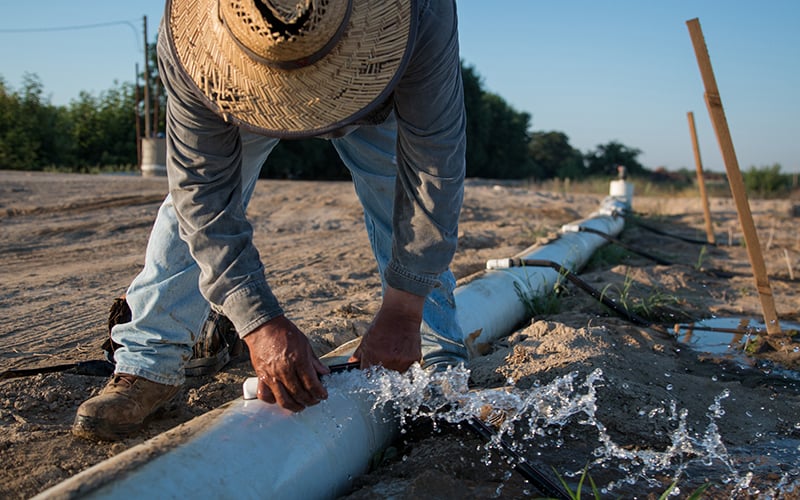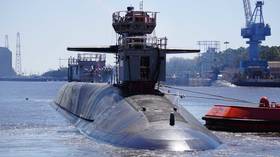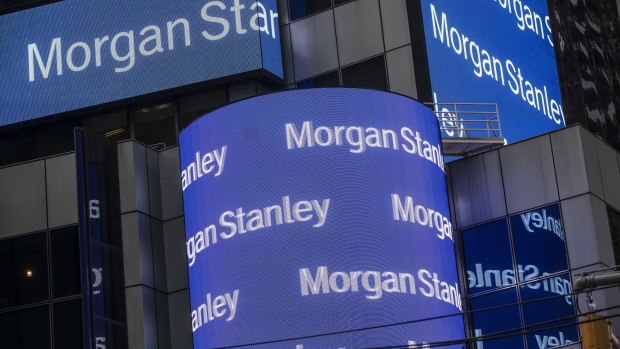
By Emily Sacia
WASHINGTON – Wages rose 5.3% in the Phoenix metro area last year, but prices rose almost twice as fast, with rising fuel and food prices eroding workers’ buying power despite a surging economy.
The situation in Arizona mirrored the U.S., where an average 5% increase in salary and wages was outstripped by a 7% rise in the consumer price index. But the increases in the Phoenix-Mesa-Scottsdale area were bigger in both instances, and the gap between income and price growth was wider, with the Valley seeing a 9.7% rise in the cost of goods and services.
“People can’t buy as much with the given amount of income once prices have risen,” despite the increase in wages, said George Hammond, director of the Economic and Business Research Center at the University of Arizona. “And that’s a bad thing, there’s no getting around that.”
The Bureau of Labor Statistics said the 7% rise in consumer prices nationally from December 2020 to December 2021 was the highest in 40 years. Increases came across the board, with prices going up on everything from food to housing to clothing. The biggest increases came in the price of home fuel, used cars and gasoline, which was up 49% nationwide for the year.
Against those increases, the bureau also reported rising wages, with the biggest gains being made in industries hardest hit by the COVID-19 pandemic, including those working in nursing and residential care facilities, and transportation and material moving.
Jobs in the leisure and hospitality industries led the way, with wages increasing an average of 8.9% nationally over the year. In that category, accommodation and food services workers saw their pay rise 9.3%.
Salary breakdown was not available at the state level, but experts say Arizona likely saw increased pay in hospitality and health care jobs, two important parts of the state’s economy.
Dennis Hoffman, director of the Seidman Research Institute and professor of economics at Arizona State University, said hospitality industry workers were overdue for a pay raise. But that, along with ongoing supply chain problems, are contributing to the rise in prices.
“Low-skilled jobs have been underpaid for years and it’s time it got fixed,” Hoffman said. “So along with that is going to come some temporary inflation as we adjust those wages up.”
Garrick Taylor, spokesperson for the Arizona Chamber of Commerce and Industry, said the surge in demand for products as the coronavirus pandemic eased has been met by a labor shortage and supply chain disruptions that suppressed supply of those goods. That fuels inflation.
“Wage growth in Arizona is ahead of the national average,” Taylor said. “But it is still lagging the record high inflation rates.”
But workers are not the only ones feeling the pain of inflation, he said.
“Employers are often in the position of playing catch up when it comes to inflation, but employers are also not immune to inflation,” Taylor said. “The inputs that they need, for example in manufacturing, are also increasing in price.”
Taylor said there are some moves the Biden administration “might be able to do around the edges” to ease inflation on items like gasoline, but nothing consumers will likely see immediately. He said the biggest challenge will be to “break through these supply chain disruptions that are putting upward pressure on prices.”
“The Biden administration should resist the calls from some corners to flood the economy once again with more stimulus dollars, that would only exacerbate this issue of too many dollars chasing too few goods,” Taylor said.
Hammond said part of the problem is a surge in demand driven by “huge amounts of federal income support” during the depths of the pandemic. He said consumers grappling with inflation can wait for price increases to slow, but that is not always an option when it comes to goods and services like gasoline, transportation and housing.
“People will – where they can – hold off on buying certain goods. They will wait for price increases to stop or slow down or actually for prices to come back down,” Hammond said.
Hammond thinks the current inflation is a short-term phenomenon. But when it ends depends on a number of factors.
“Nobody knows” when inflation may cool, he said. “It depends on how fast the Federal Reserve raises interest rates, it depends on how fast the supply chain disruptions are really alleviated, it depends on the pandemic, it depends on the labor market.”
Hoffman agreed that the current imbalance between wage and price increases is not likely to be a long-term problem.
“I think we are going to see by the year end, that the rate of inflation year-over-year will migrate down,” Hoffman said. “And that will bring those price increases back in line with wage increases.”













